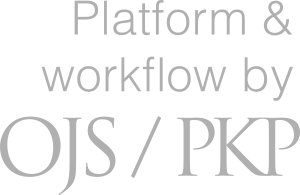Genealogy, GEDCOM, and popularity implications
Osasto
Artikkelit
Julkaistu
2018-10-28
Viittaaminen
Harviainen, J. T., & Björk, B.-C. (2018). Genealogy, GEDCOM, and popularity implications. Informaatiotutkimus, 37(3), 4–14. https://doi.org/10.23978/inf.76066
Copyright (c) 2018 J. Tuomas Harviainen, Bo-Christer Björk

Tämä työ on lisensoitu Creative Commons Nimeä-EiKaupallinen-JaaSamoin 4.0 Kansainvälinen Julkinen -lisenssillä.





